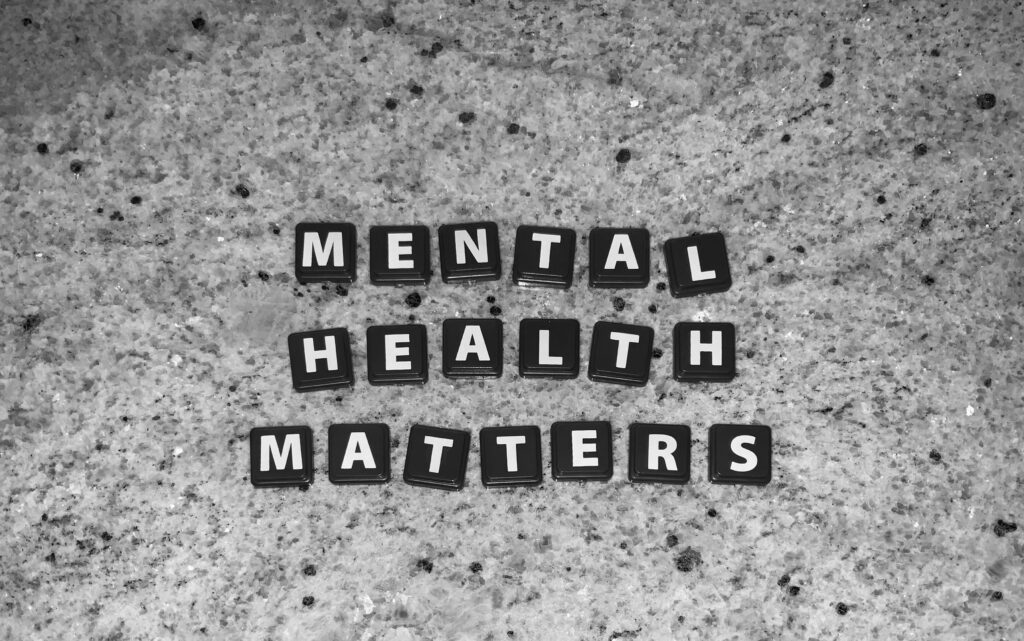We live in an era where the fabric of our daily lives is threaded with stress and anxiety. Work pressures, financial stress, personal relationships, and the ever-looming shadow of global issues contribute to a complex web of mental health struggles. This growing trend towards an increase in mental health issues is undeniable and unignorable. Consequently, the demand for community mental health services is increasing, but it’s now more crucial than ever.
The Growing Prevalence of Mental Health Issues
It is a startling reality that mental health problems are becoming increasingly prevalent. The World Health Organization estimates that at some point, nearly one in four people will be affected by mental or neurological disorders. And if we narrow our focus to just the United States, the National Institute of Mental Health states that nearly one in five U.S. adults lives with a mental illness.
Multiple factors are causing this rise in mental health issues. Our modern lifestyle, marked by a fast pace and high stress, can adversely affect mental health. Economic instability and social pressures can exacerbate these challenges. Additionally, the recent COVID-19 pandemic has created a new array of mental health concerns, contributing to feelings of fear, anxiety, and isolation.
The Critical Role of Community Mental Health Services
Mental health is not a private issue; it affects families, communities, and societies. It impacts educational outcomes, workforce productivity, and even physical health. Therefore, it is a public health issue that requires a community response.
Community mental health services are essential in addressing this public health issue. They provide accessible, affordable, and timely mental health services to people within their communities. These services often include counseling, psychotherapy, psychiatric services, and various support programs. The key strength of these services lies in their community-based approach, making mental health care more accessible and less stigmatizing.
Community mental health services also help tackle the disparities in mental health care. Mental health services are often concentrated in urban areas, leaving rural and remote communities underserved. Community mental health initiatives can bridge this gap by bringing services to these underserved areas.
Furthermore, these services often provide a holistic approach to care, considering not just an individual’s mental health but their physical health, social environment, and overall well-being. This comprehensive approach is vital in addressing mental health issues effectively.
Urgent Need for Expanded Services
Despite the clear benefits and growing demand, community mental health services are often underfunded and understaffed. There is a significant gap between these services’ needs and availability. This gap is even more pronounced for marginalized communities, including racial and ethnic minorities, the LGBTQ+ community, and low-income people.
There is a pressing need to adequately expand and fund community mental health services. More trained mental health professionals must meet the demand, and services must be more widely available. Increased funding will also allow for innovative programs and approaches to serve diverse community needs better.
Conclusion
The rising tide of mental health issues is a call to action. It signals the need for robust community mental health services that can provide accessible, comprehensive, and culturally sensitive care. The social, economic, and personal costs of untreated mental health issues are too high to ignore. As a society, we must prioritize mental health and ensure everyone can access the care they need. The health of our communities depends on it.
References:
- World Health Organization (2021). Mental Disorders. Retrieved from https://www.who.int/news-room/fact-sheets/detail/mental-disorders
- National Institute of Mental Health (2021). Mental Illness. Retrieved from https://www.nimh.nih.gov/health/statistics/mental-illness.shtml
- American Psychological Association (2020). Stress in America™ 2020: A National Mental Health Crisis. Retrieved from https://www.apa.org/news/press/releases/stress/2020/report-october
- Galea, S., Merchant, R. M., & Lurie, N. (2020). The Mental Health Consequences of COVID-19 and Physical Distancing: The Need for Prevention and Early Intervention. JAMA Internal Medicine. DOI:10.1001/jamainternmed.2020.1562. Retrieved from https://jamanetwork.com/journals/jamainternalmedicine/fullarticle/2764404
- National Council for Behavioral Health (2020). The State of Mental Health in America. Retrieved from https://www.thenationalcouncil.org/press-releases/new-report-reveals-lack-of-access-as-root-cause-for-mental-health-crisis-in-america/
- Substance Abuse and Mental Health Services Administration (SAMHSA) (2020). National Survey on Drug Use and Health. Retrieved from https://www.samhsa.gov/data/report/2019-nsduh-annual-national-report
